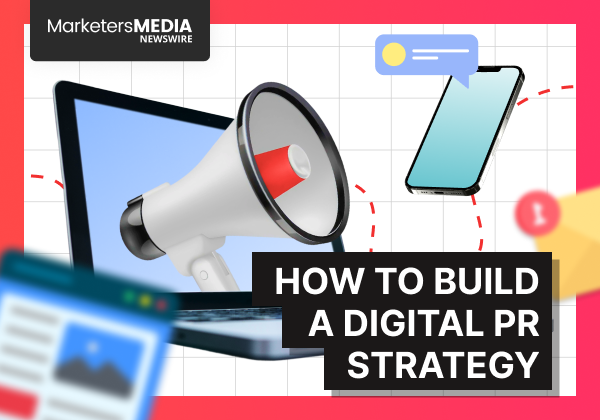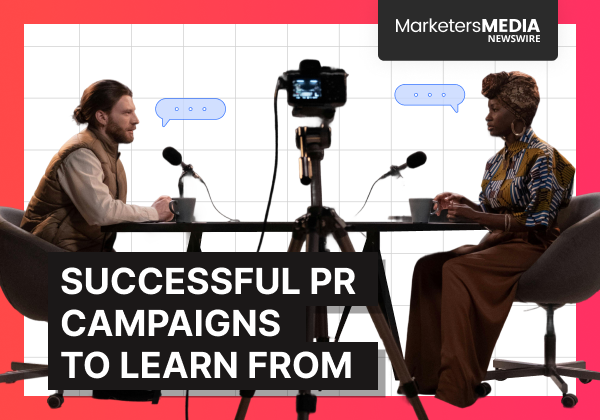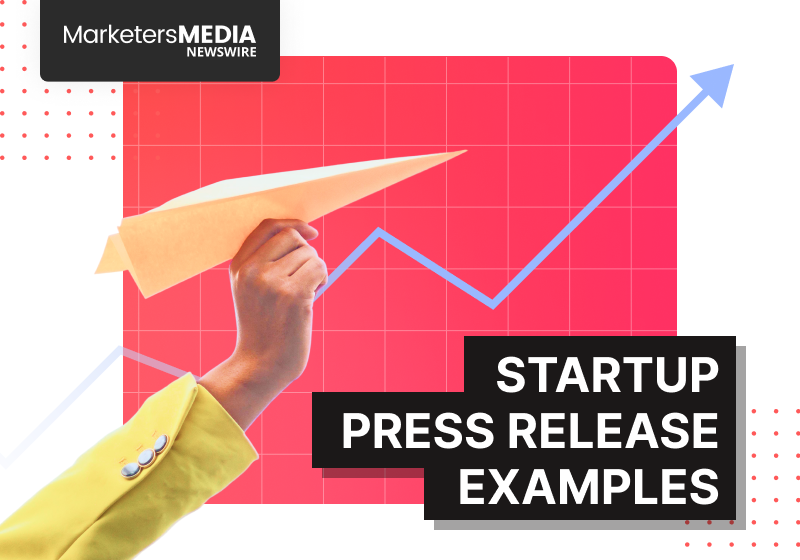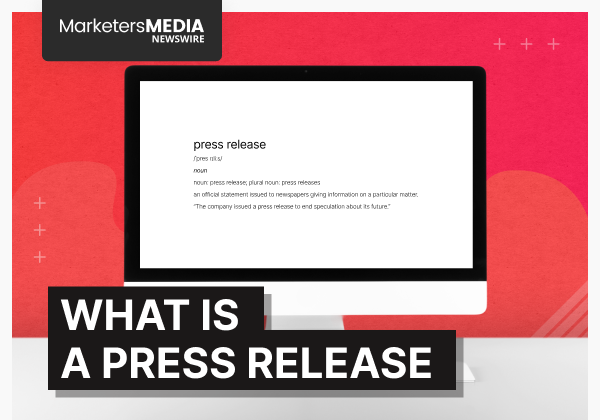Digital PR is how brands get noticed online today.
It's the strategic practice of earning online coverage, building relationships with digital influencers, and creating content that drives both brand awareness and search engine visibility.
Unlike traditional PR that focused on newspapers and TV, digital PR works across the internet. The goal is simple: get your brand mentioned, linked to, and talked about online.
Digital PR does three main things:
- Gets your brand featured on popular websites (builds trust)
- Creates links back to your website (helps you show up in Google)
- Spreads awareness about your brand to new audiences
How Digital PR Differs From Traditional PR
Traditional PR was built for a slower world.
You pitched newspaper reporters, called TV stations, and waited weeks to see if your story ran. Success was measured in impressions—how many people might have seen your name.
Digital PR plays on a different field.
Now, you’re dealing with thousands of websites, blogs, podcasts, influencers, and social feeds. A single story can go live in minutes, rack up thousands of views, and generate immediate traffic to your site.
How you measure success changed too. Digital PR tracks real metrics like backlinks, keyword rankings, referral traffic, and even conversions.
Relationships still matter, but the network is bigger.
Instead of knowing a dozen editors, you’re connecting with hundreds of creators, curators, and journalists across digital platforms.
The pace is faster, the reach is wider, and the results are measurable.
Which leads us to the real question: why does digital PR matter so much?
Why Digital PR Matters Today
Digital PR does more than just get your brand mentioned—it drives real business growth.
When trusted websites talk about your brand and link back to you, it tells search engines you're credible.
These editorial backlinks are one of the strongest signals Google uses to rank websites. In fact, an Ahrefs study analyzing over 44,000 search engine results found that pages with more backlinks—followed or not—tend to rank higher.
So, getting featured in top-tier media does two things:
It sends you direct referral traffic and helps your entire website climb up Google rankings.
But SEO is just one part of the equation.
Digital PR also builds trust and authority. When your CEO is quoted in a respected outlet or your research gets cited, your brand becomes a recognized voice in the industry. That’s something paid ads can’t buy.
It’s also cost-effective. One well-executed campaign can reach millions organically, generating long-term visibility without burning through your ad budget. And because editorial content is more trusted than ads, people are more likely to engage, share, and remember it.
Digital PR even protects your reputation. Ongoing media relationships and consistent positive coverage can help push down negative search results. And when crises hit, having those relationships already in place gives you a head start in controlling the narrative.
Bottom line:
Digital PR builds credibility, drives traffic, supports your SEO, and helps your brand stay top of mind—all at the same time.
So what does all of this look like in the real world?
Let’s look at how a few brands used digital PR to drive measurable results.
Examples of Successful Digital PR Campaigns
Canva’s Design Trends Report
Each year, Canva turns internal usage data—fonts, colors, layouts—into a beautifully designed, media-ready report.
Design sites and marketing blogs eat it up, with links pouring in from HubSpot, CreativeBloq, and more.
It’s data-driven, visual, and valuable—everything digital PR loves.
Burger King's Whopper Detour
Burger King offered 1¢ Whoppers — but only if you ordered via their app while physically near a McDonald's.
It exploded across media. CNN, CNBC, and thousands of blogs picked it up.
Millions downloaded the app, not because of an ad, but because they heard about it through earned coverage.
This is digital PR at its best: a bold idea, tied to brand positioning, that earned links, headlines, and app downloads without paid media.
how do you order a Whopper sandwich for a penny “at” McDonald’s? here’s how. #WhopperDetour https://t.co/lAgbGO0bL0 pic.twitter.com/ANXIy6Yu9I
— Burger King (@BurgerKing) December 4, 2018
Airbnb's Floating House
To celebrate rental law changes in London, Airbnb floated a house down the River Thames.
The stunt was visual, timely, and clever. It landed coverage from The Guardian, Time, and Wired.
More than 100 million impressions later, Airbnb had cemented its presence in the UK.
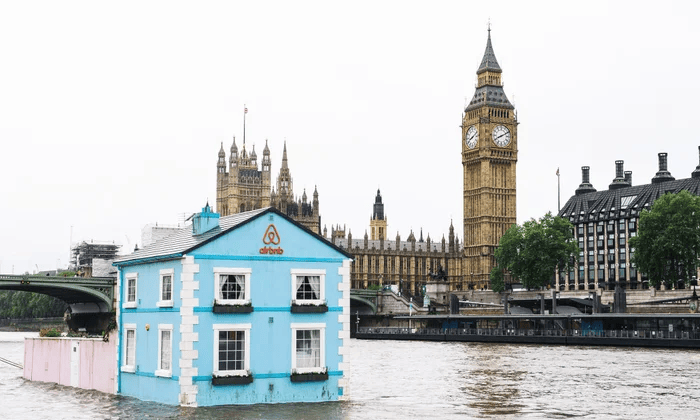
Each of these campaigns used a different tactic—data, stunts, or timing—but they all earned real media coverage and visibility without relying on paid ads.
If you're planning your own campaign, here’s how to build one from the ground up.
How to Build a Digital PR Strategy
Step 1: Set Clear, Measurable Goals
Define specific objectives before starting any campaign.
Your goals should be SMART: Specific, Measurable, Achievable, Relevant, and Time-bound.
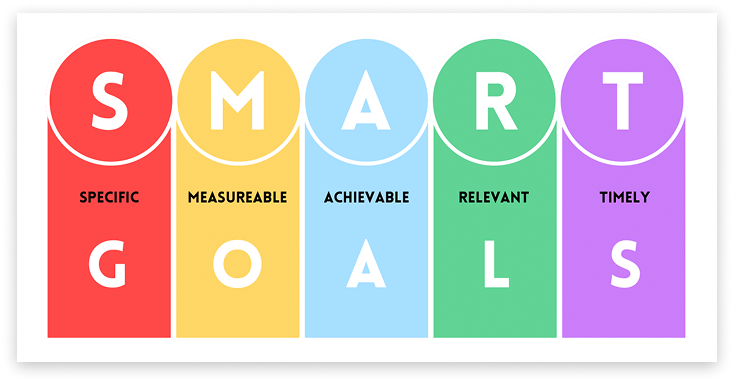
Instead of "get more coverage," aim for "secure 20 media placements in top industry publications within 3 months."
Common digital PR goals include:
- Increasing website traffic from Google searches
- Building high-quality links to boost search rankings
- Generating qualified sales leads
- Establishing your company as an industry expert
- Expanding brand awareness in target markets
Different goals need different approaches.
Link-building campaigns focus on high-authority publications. Brand awareness campaigns prioritize outlets your customers read.
Step 2: Research Your Audience (and Competition)
Understanding your target customers shapes every campaign decision.
Use surveys, social media analytics, and customer feedback to learn about their demographics, interests, and online behavior. Research which websites they read, which influencers they follow, and what topics interest them most.
Create detailed profiles that include media habits. Business customers might read trade publications and LinkedIn content. Consumer brands focus on lifestyle blogs and social media influencers.
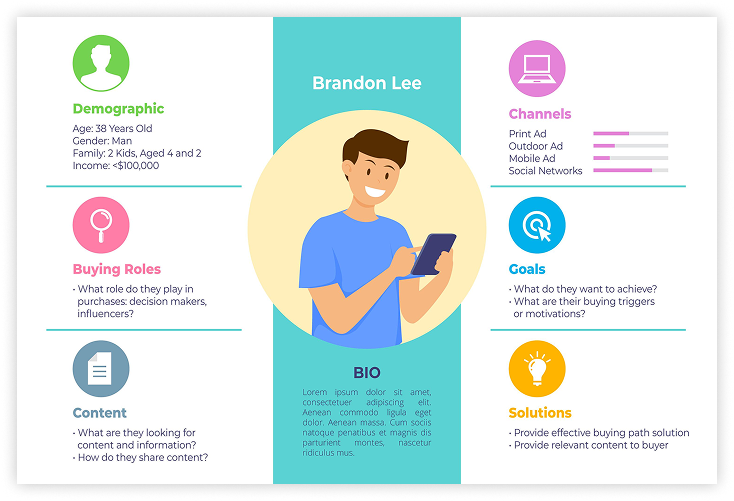
Also study your competitors' successful PR campaigns.
What types of stories get them coverage? Which publications feature them? Use Google Alerts to monitor competitor mentions and identify potential outlets for your pitches.
Step 3: Brainstorm Newsworthy Content Ideas
The best digital PR content combines compelling data with clear storytelling.
Plan content themes around:
- Unique data or insights your company can share
- Industry trends you've noticed that others haven't
- Problems your audience faces that aren't being discussed enough
Focus on content types journalists actually want: original research, survey results, expert commentary on breaking news, and creative campaigns that solve real problems.
Step 4: Integrate SEO Throughout Your Strategy
Digital PR and SEO work together to boost your search visibility.
High-quality links from reputable websites tell search engines your content is trustworthy, improving your rankings for important keywords.
SEO Integration Tips:
- Research relevant keywords when creating content
- Optimize press releases and content for search
- Target publications with strong domain authority
- Create content that can rank for long-tail search terms
The links you earn from PR coverage often provide more SEO value than any other tactic.
Step 5: Set Up Tracking and Measurement
Plan your measurement approach before launching campaigns.
Key Metrics to Track:
- Media mentions and the authority of the sites that cover you
- Website traffic from referral links
- Backlinks gained from earned coverage
- Social media engagement and shares
- Leads generated from coverage
Tools to Use:
- Google Analytics – to monitor referral traffic and goal completions
- Google Alerts – to catch brand or product mentions
- Ahrefs or Semrush – to track new backlinks and keyword rankings
- Native social platform analytics – to gauge reach and engagement
Once the campaign ends, review the data.
What channels performed best? Which stories earned the strongest links? The answers will guide your next campaign—and help you cut what isn’t delivering.
Smart Digital PR Tactics That Build Authority
Once the strategy is set, here are specific tactics that can amplify your campaign results.
Original Research – Surveys, internal data, or case studies can turn into magnet content that journalists love to reference and link to.
Expert Commentary – React to news, offer quotes, and build your team as go-to sources for industry insights and breaking news analysis.
Press Releases – Provide real news value rather than sales content. For broader reach, platforms like MarketersMEDIA Newswire can distribute your press releases to over 550 media outlets globally, potentially reaching 5.9 billion readers across 160 countries with guaranteed pickup.
Newsjacking – Be fast. Tie your take into trending topics before someone else does. Monitor news cycles and prepare quick response capabilities.
Creative Campaigns – Think stunts, visuals, or experiences people want to share. Create campaigns that provide visual interest and emotional connection.
Trading Up the Chain – Start with niche blogs. Use that coverage to land bigger stories in mainstream publications. Coverage in respected niche outlets gives credibility when approaching major media.
The Bottom Line
Digital PR has become a core part of how brands stay visible and trusted online.
It brings you into real conversations—through media coverage, search visibility, and shareable content. When done with purpose and consistency, it creates long-term value: better rankings, stronger brand perception, and higher-quality traffic.
You don’t need a massive campaign to begin. One timely insight or data-driven piece can earn coverage that builds momentum. Focus on relevance. Reach out to the right people. Then repeat what gains traction.
The impact builds over time—and so does your reputation.
Curious how to protect the brand trust you’ve built? Learn how to shape public perception and strengthen your online image in our guide to reputation management.
Free Press Release Template
Tell us where to send your PDF:
